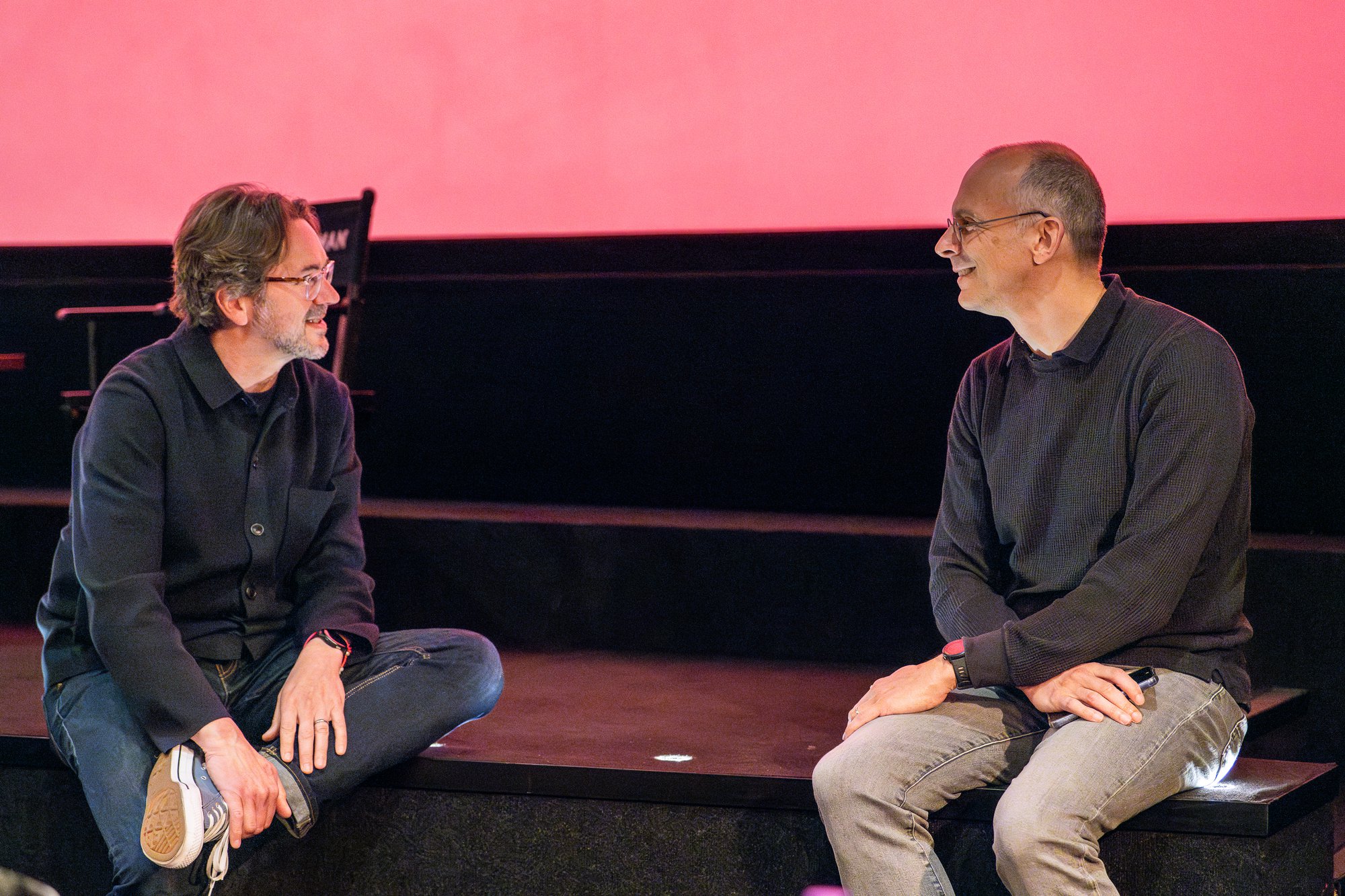Field Studies Council: A behavioural approach to marketing

A behavioural approach to marketing creates effective and insightful results.
People think they know why they behave the way they do.
I know why I bought that sequin dress last week.
I liked it. And it was on sale.
But do I really know why? Let’s find out…
Mark Hauser is our in-house applied behavioural scientist here at The Team. He tells me, ‘there’s a lot of research which shows that much of our behaviour is influenced by things outside of our conscious awareness’.
In ‘The Unconscious Mind’, John A. Bargh and Ezequiel Morsella note that the way we receive information unconsciously can be compared to subliminal messaging.
Mark went on to tell me that although I think I bought that sequin dress because I liked the sparkles and it was on sale, it may have been because I’d seen a photo of a celebrity wearing something similar, read an article about how sequins are “in” for Spring, or perhaps dreamt of owning a similar dress when I was a girl.
I might not have even wanted the dress. But maybe it was positioned on a mannequin in the right place that caught my eye, and made me think ‘I need this, NOW!’
While impossible to provide an exact number, there does seem to be some acceptance that over 90% of human behaviour is unconsciously driven. Over ninety percent.
There are many factors that make up this 90%. Things like the physical environment, social media, peers, family, self-identification… the list goes on.
So, if someone asks me why I bought the sequin dress, they’re only tapping into 10% of my brain.
A behavioural approach to market research looks at both conscious and unconscious influences of behaviour including internal factors such as cognition and motivation as well as broader contextual influences such as peer influences and the physical environment.
It enables a much deeper understanding of the consumer and their interaction with their environment.
So what does this look like in action?
Let’s take a look at The Team’s recent work with Field Studies Council to embed this idea in a tangible context.
The Field Studies Council (FSC) are a UK-based charity whose aim is to better connect people with nature. They do this through workshops, classes, scholarship schemes and the provision of Field Guides which become a valuable source of income to facilitate much of their engagement work.
FSC asked The Team to help them better understand their audience. The goal was to identify the best way to communicate with them to drive engagement and sales of their products.
Why and How?
Mark explained that the key understandings needed were:
-
Who is the audience (including any relevant sub-audiences)
-
How and why do the field study guides bring value to them
-
What underlying motivations and tensions do they have?
It was also desirable to understand how and why existing customers came to buy the guides.
Th joint understanding of why and how brings the audience’s decision-making processes and relevant influences front and centre of the understanding.
This behaviourally focused approach manifested in our research, messaging and executional stages of delivery.
Research
We applied a behavioural lens to both our survey and depth interviews. In our surveys we explored concrete behaviour, as well as motivations, tensions and perceptions. For our depth interviews, we recruited against a behavioural profile (related to the Field Studies Guides), and then explored purchases and interactions from a psychological perspective.
Messaging
Behavioural science is deeply embedded in our Campaigns and Communications division at The Team. It gives us a solid understanding of the processes involved in receiving communications. As part of our work for FSC, we tested a few different messaging approaches amongst a population sample and existing customers to gauge engagement and response. We were then able to go one-step further and simulate these messages within their real-world context (e.g. Facebook).
Mark highlighted that, ‘you could have the most incredible messaging in the world…but if nobody notices it in the context in which they would receive it, it’s the most useless communication in the world.’
Execution: A test and learn approach
As you can see, we began testing as early as our audience discovery stages.
We did so because we saw an opportunity to test a hypothesis we had on the type of messages that are likely to capture attention and engage.
This steered us nicely towards our recommended messaging approach but, more than that, it demonstrated to the client how adoption of a test and learn approach (which needn’t be flash or expensive) can lead to real-time insights which can minimise waste and maximise effectiveness for live campaigns.
The results
- 4 times the level of online ad engagements vs last year.
- A test and learn approach built into their messaging which is enabling them to double down on successful messaging.
- A revised way of looking at their audience, recognising the different engagement requirements across committed enthusiasts and the different subsets of the broader “mass” audience.
So what’s the benefit of the behavioural approach?
Accuracy!
As Mark tells me, with ‘a psychological insight and understanding of why and how people behave in the first place, you’re naturally going to achieve higher levels of engagement and attention to start with.’
Adopting a test and learn mindset only serves to further effectiveness, particularly when embedded in the marketing process. This applies to communications as much as it does branding, innovation, or other change interventions.
And, though perceived otherwise due to having a “scientific” element, it also happens to be more cost effective.
Taking a behavioural approach allows us to tap into the unconscious determinants of behaviour, as well as the conscious. This in turn enables a more thorough and water-tight understanding of how to communicate your brand’s focus.
If you’d like us to support your brand, get in touch!





